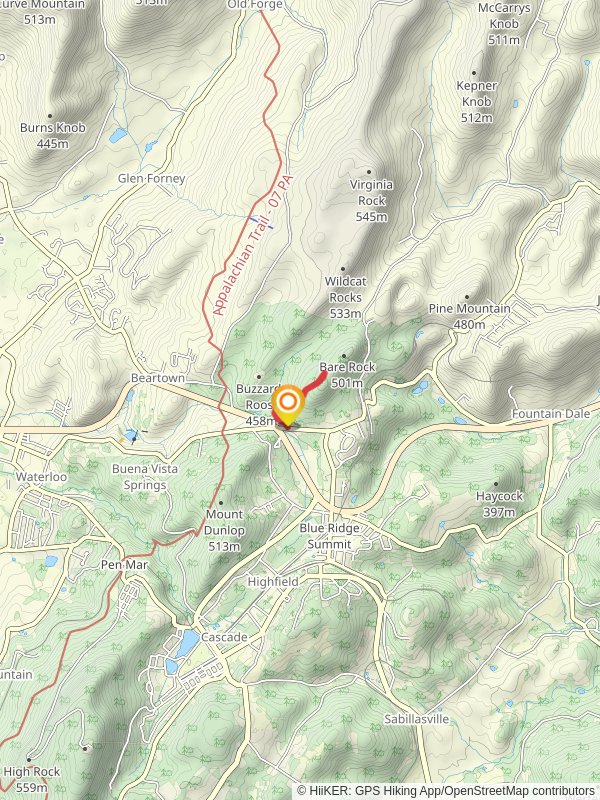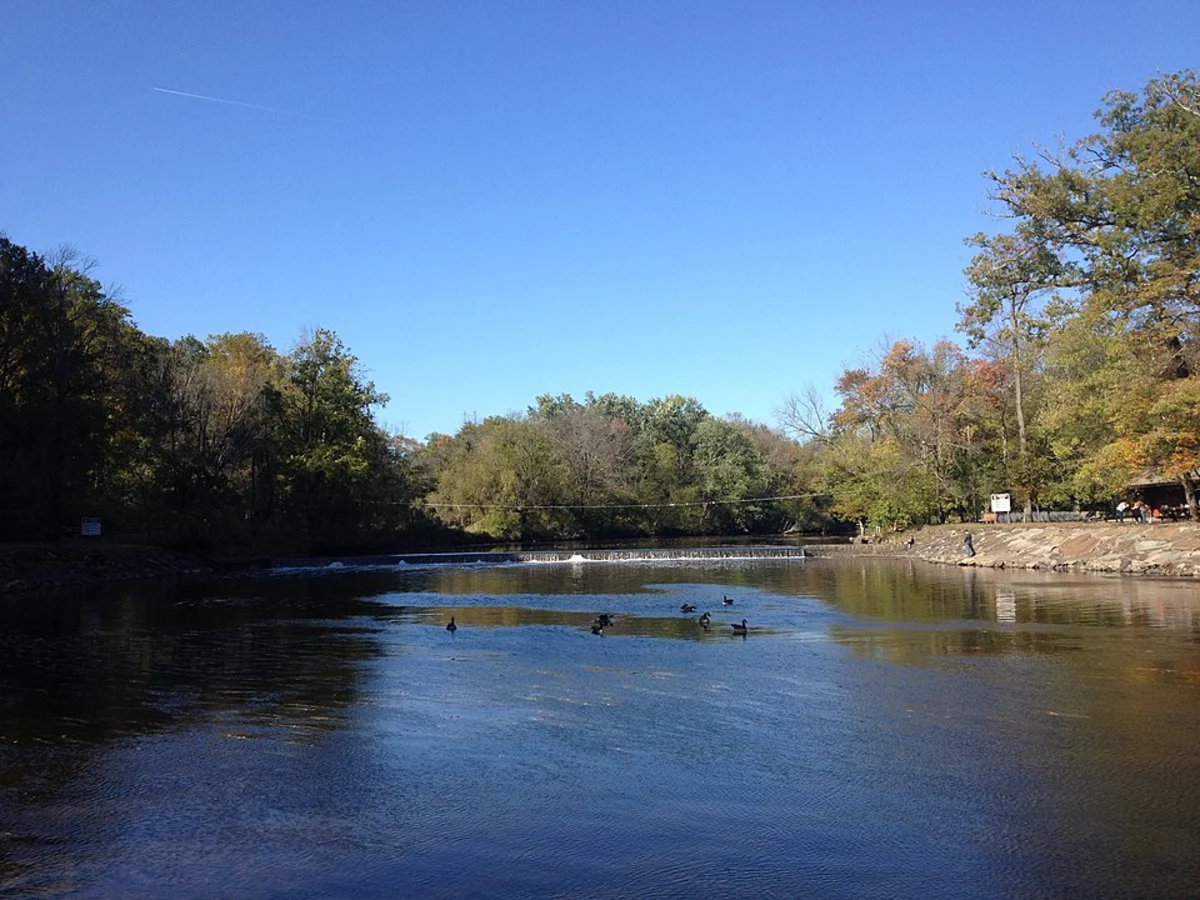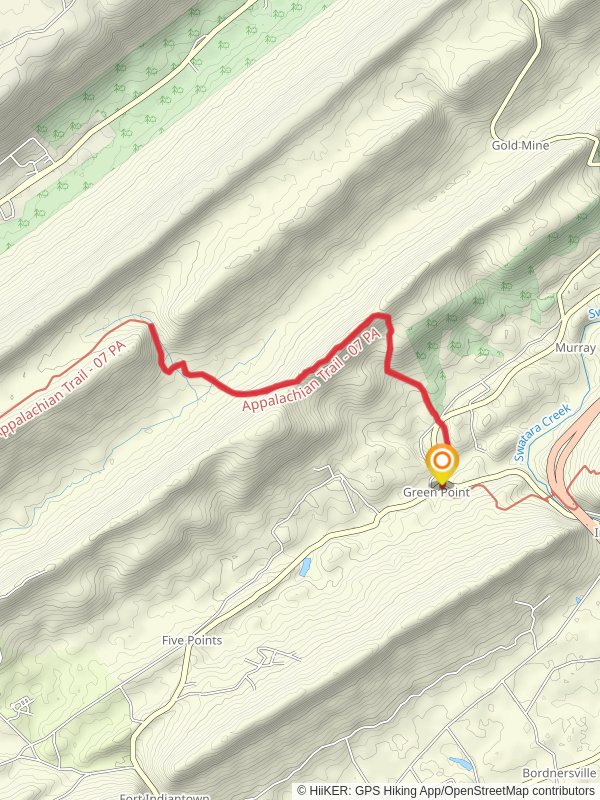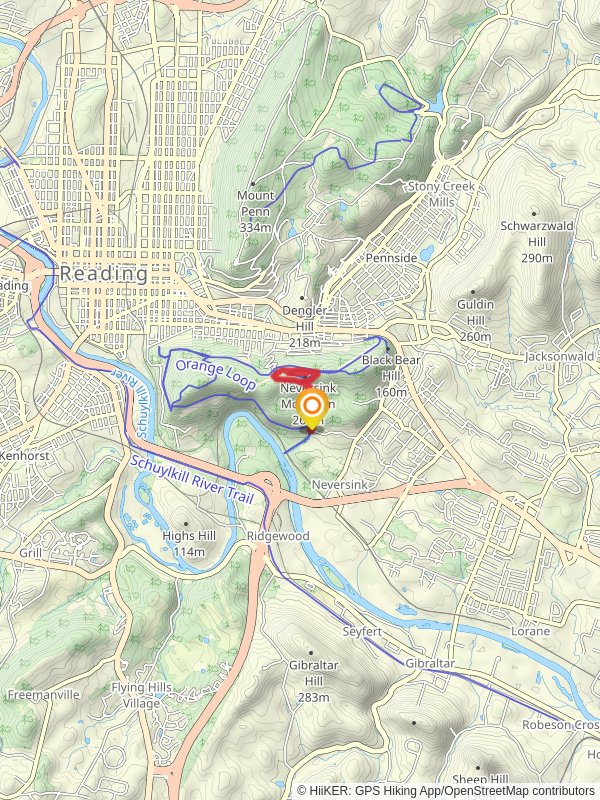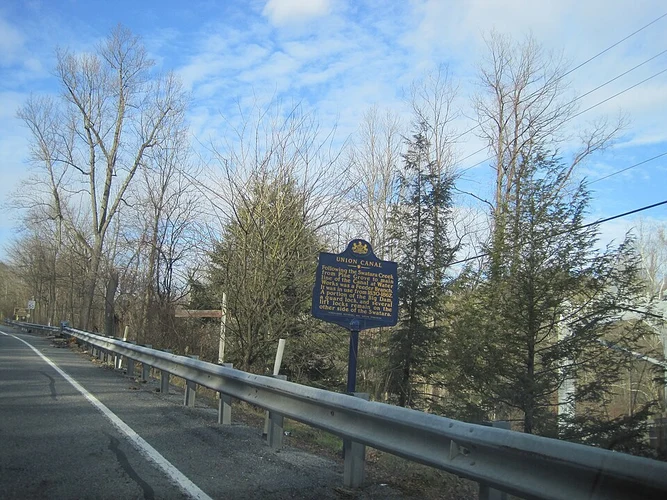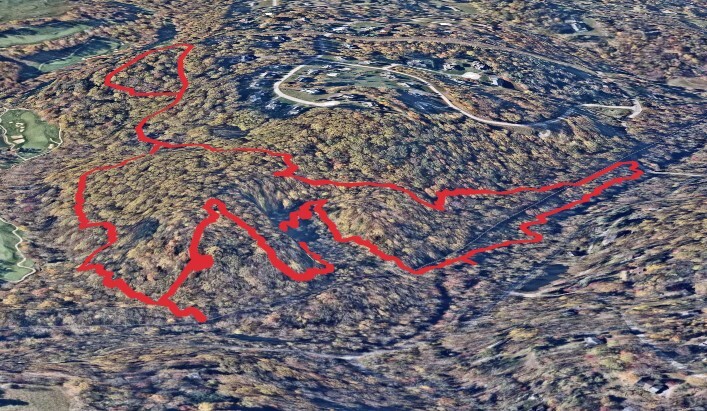Best historical hiking trails in Pennsylvania
Take a stroll through time! These trails lead to fascinating historical landmarks, where every step takes you deeper into the stories of the past and leaves you with a new appreciation for history.
Here are some great trails to explore in Pennsylvania.
Most popular trails
Reviews for historical hiking trails in Pennsylvania





Frequently asked questions for hiking trails in Pennsylvania

Pennsylvania experiences a temperate climate with distinct seasonal variations, influencing the hiking experience. Springtime hiking, from March to May, can be unpredictable with fluctuating temperatures and frequent rain, turning trails slippery. Summer, spanning June to August, brings warmer temperatures, making daytime hikes potentially challenging, but offering the best visibility and flora exploration.
From September to November, the autumn season paints Pennsylvania's hiking trails with vibrant colors. This is an ideal time for hiking with moderate temperatures and less rainfall. However, trails can be covered with leaves, making them slippery. Winter hikes, from December to February, require proper gear due to freezing temperatures and potential snow, but the stark beauty of the landscape can be a reward.
It's generally recommended to hike in Pennsylvania during the fall for the most comfortable temperatures and scenic beauty. Always check the weather before hiking, and prepare accordingly. For detailed forecasts, the National Weather Service (https://www.weather.gov/) can be a reliable resource, and for specific trail conditions and advice, the Keystone Trails Association (https://www.kta-hike.org/) offers a wealth of information.

In Pennsylvania, most hiking trails are open to the public without requiring permits. However, for overnight backpacking in some state forests and parks, you may need a free permit. These can be obtained by contacting the Pennsylvania Department of Conservation and Natural Resources (DCNR). For information and inquiries, visit their official website (https://www.dcnr.pa.gov/).

Wild camping in Pennsylvania is generally permitted in state forests and some state parks, but with restrictions. Campsites must be at least 25 feet from trails and 100 feet from streams or other water sources. Overnight stays may require a permit from the Department of Conservation and Natural Resources (https://www.dcnr.pa.gov/).

In case of emergencies during hiking in Pennsylvania, dial 911 to reach local law enforcement, who coordinate with other agencies for mountain rescue operations. The Pennsylvania Helicopter Aquatic Rescue Team (PA-HART) may also be deployed for complex rescues. For more information, visit their website https://www.dcnr.pa.gov/Recreation/SearchAndRescue/Pages/default.aspx

Pennsylvania's trails offer diverse flora, with deciduous forests in the southeast and coniferous in the northwest. You'll find oak, maple, and pine trees, and wildflowers in spring. Beware of poison ivy and poison oak. The DCNR's "iConservePA" portal (https://www.iconservepa.org/) provides detailed information about local flora.

On Pennsylvania's trails, hikers may encounter white-tailed deer, squirrels, and birds like the ruffed grouse. Insects include ticks, which can carry Lyme disease. Black bears are present but generally avoid humans. Information on wildlife safety is available on the Pennsylvania Game Commission's website (https://www.pgc.pa.gov/).
More trails in Pennsylvania
by difficulty
by type
